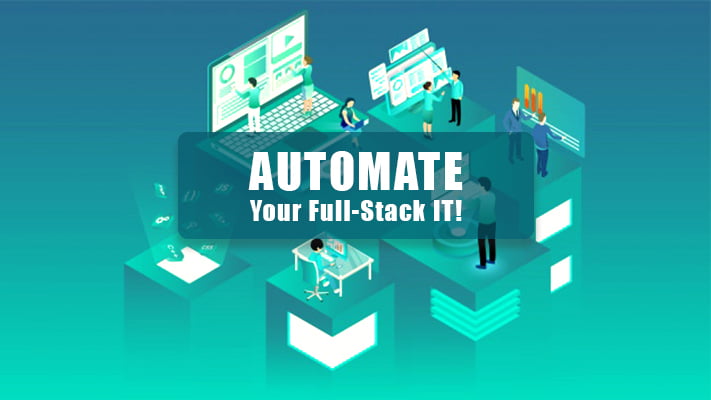Introduction
You must have heard these buzzwords of system integrations recently. But you may not know the differences between these two types of integrations. This article clarifies the functional differences between these two – spaghetti integration, and hub-and-spoke integration.
Spaghetti Integration
This is exactly how it sounds, it refers to a complex web of point-to-point integrations between various systems, leading to a messy and hard-to-manage integration landscape.

Imagine the architecture above, where your systems and processes are talking to each other using a point-to-point direction. What are the pros and cons of this architecture? You may get a quick deployment process without worrying much about dependencies, security, and governance. But you lose few precious values out of it:
- Do you really have a control on the information flow?
- Do you have a single point of governance system?
- You use a lot of whiteboard processes to figure out what’s happening inside. Don’t you?
Hub and Spoke Integration
The Hub & Spoke Integrations use a centralized hub system that acts as a single point of integration between multiple systems, leading to a cleaner, more manageable, and scalable integration architecture.

The hub decouples the systems and allows for a more controlled flow of data. Making it easier to maintain and troubleshoot integrations between them. In addition, the hub can also provide additional capabilities such as data mapping, transformation, and routing.
What are the pros and cons of this model you can think of?
You may need to onboard a new integration platform such as WatchMyDC, but finally, you get a single point of reporting, governance, and management. You automate the tasks and processes between systems, which reduces the manual workload.
Conclusion
In short, Hub & Spoke design provide a more organized and efficient approach to integrations compared to Spaghetti model. Enterprises are moving away from the complex spaghetti model to get a simplified architecture including the power of automation.
